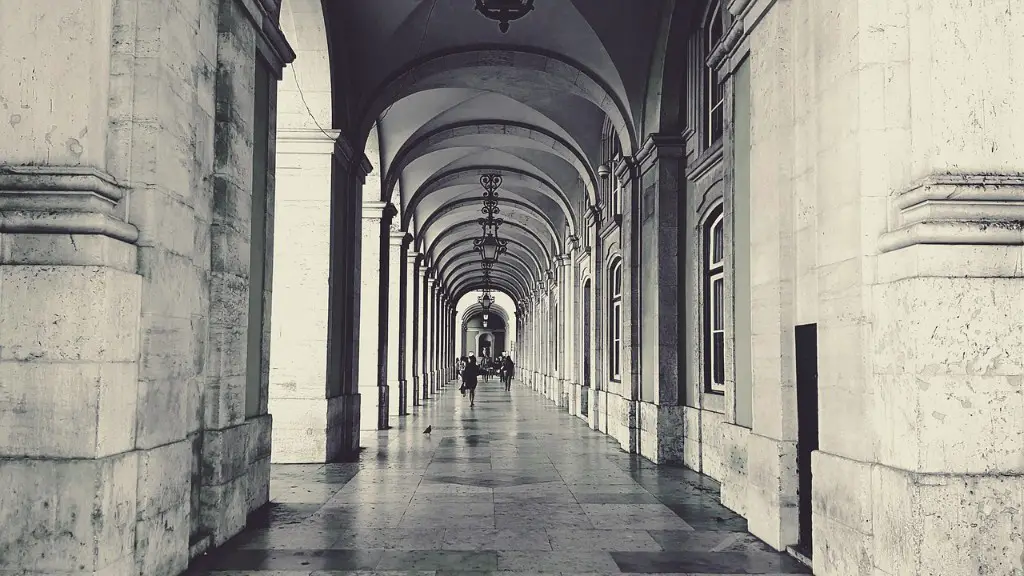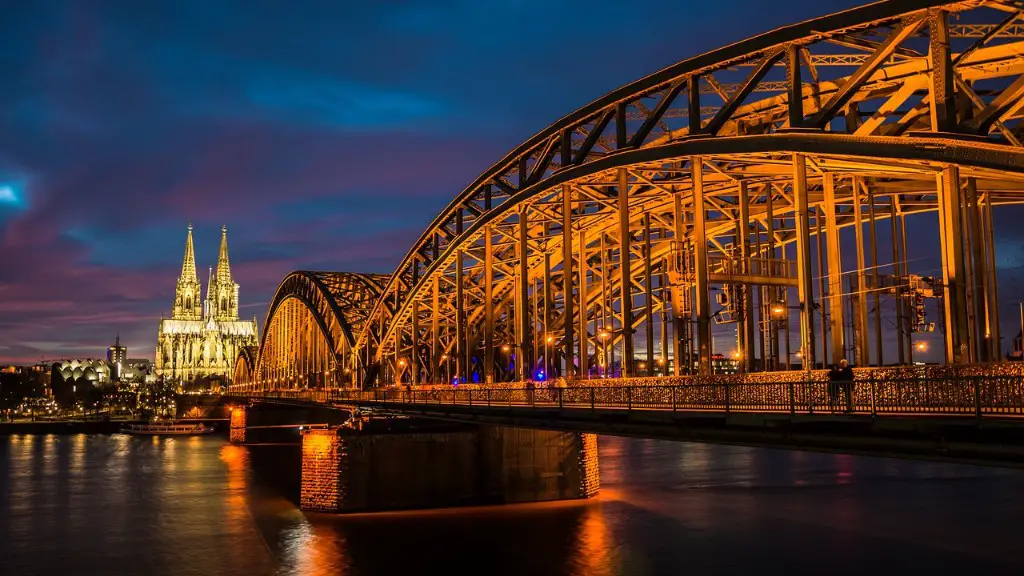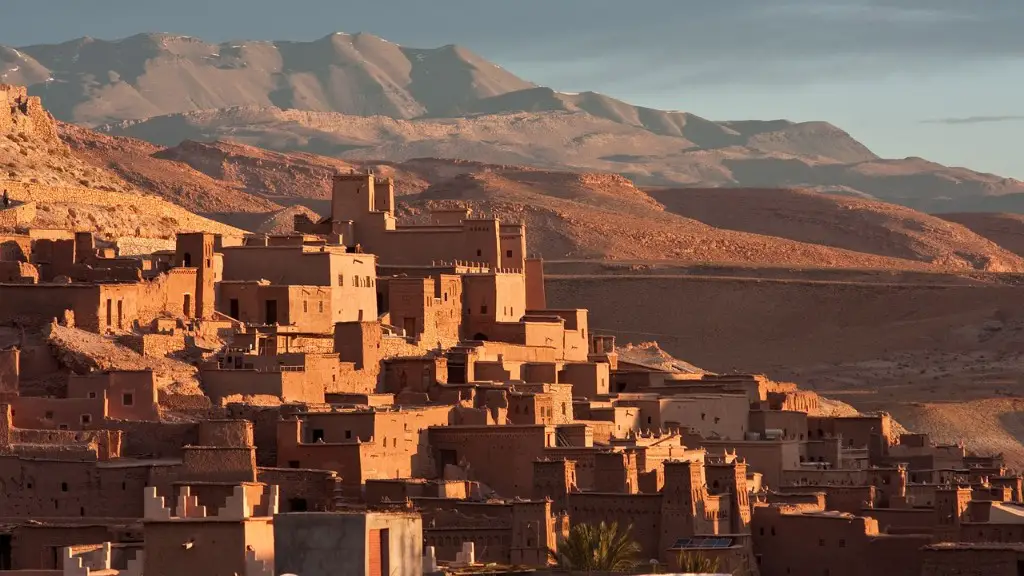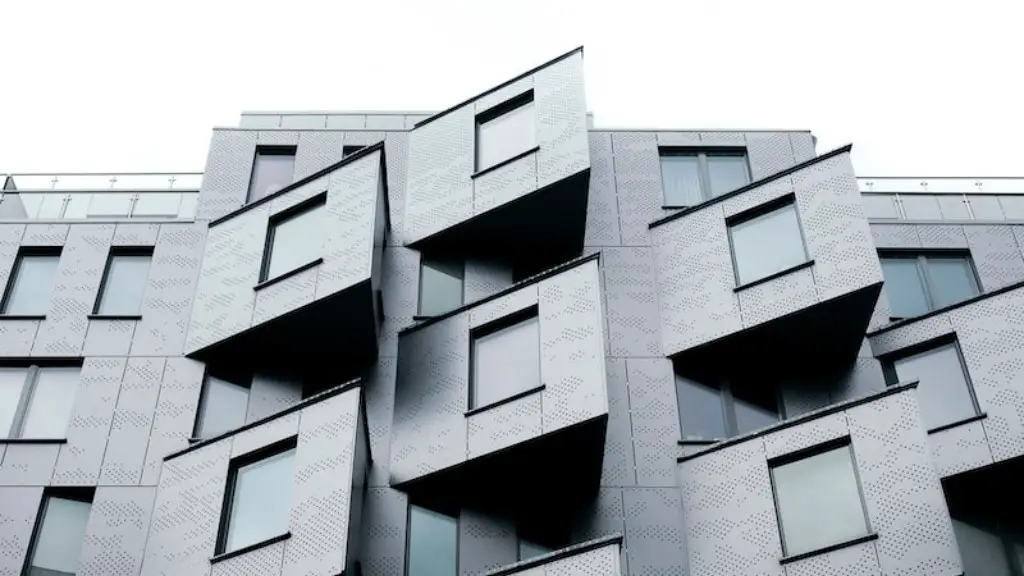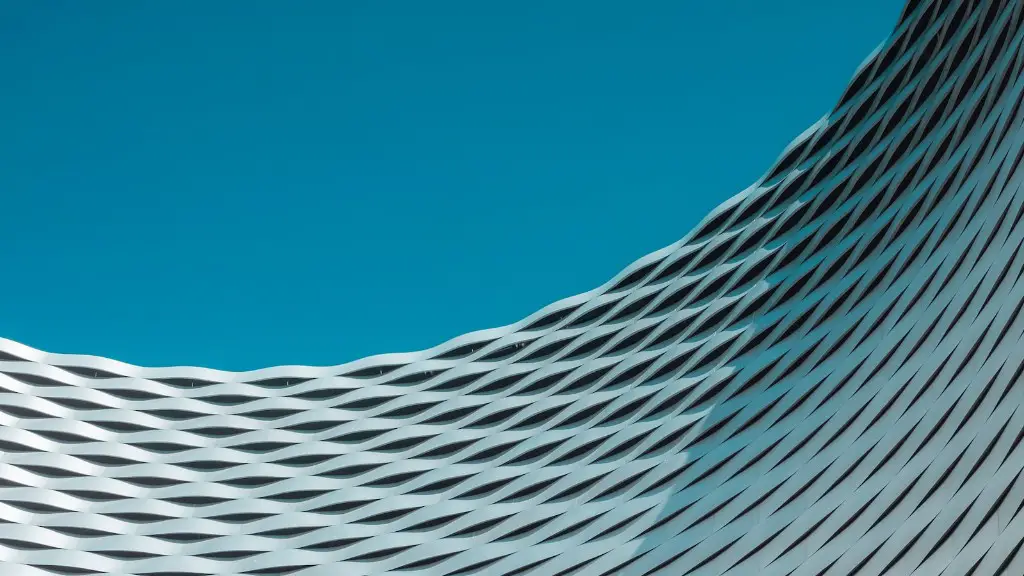Modern architecture has been gaining popularity in the last century, and there are several reasons why. Designers and architects can customise their designs to better fit the needs of their clients and environment. Further, by using cutting-edge technology, materials and production methods, modern architecture can offer a better value and experience than traditional architecture. And while modern design may seem simplistic and sometimes plain, there are countless benefits to choosing modern architecture.
One of the main benefits to modern architecture is its focus on sustainability. Many modern designs avoid the need for excessive resources, such as water and electricity, by utilising efficient methods for heating, cooling and lighting. Moreover, modern design often focuses on creating a more efficient use of space, which can drastically reduce the amount of construction materials that are needed. In addition to the environmental benefits, modern architecture can often be more economically efficient than traditional architecture, resulting in savings.
Modern architecture also offers opportunities to design buildings that are more durable and resistant to damage caused by natural disasters. This can be accomplished by utilising modern materials, such as steel and concrete, as well as advanced construction techniques. By designing buildings that are designed to withstand significant amounts of stress and wear and tear, modern architecture can offer a longer life span than many buildings created with traditional materials and construction methods.
In addition to its focus on sustainability, modern architecture often features more open and airy designs, providing an inviting and welcoming atmosphere for residents. With large windows, bright and airy buildings, modern designs allow for plenty of natural light and air to flow in, creating an environment that is both aesthetically pleasing and comfortable. Moreover, modern designs can often feature additional amenities, such as high tech systems, which can make life more enjoyable.
Finally, modern architecture may also offer better value than traditional styles. By utilising cutting-edge materials and production processes, modern designers can create higher quality structures in less time, often at a lower cost. This can lead to significant savings over the life of a building, which can be beneficial to both businesses and homeowners.
Community Benefits
Modern architecture can also offer community benefits. By creating structures that are easier to maintain and more efficient to operate, modern architecture can improve the overall quality of life for a neighbourhood. Additionally, modern designs can often provide more recreational activities and more enjoyable aesthetics, which can lead to more community participation.
Moreover, modern designer designers may be able to create designs that more easily integrate with existing buildings and infrastructure in a neighbourhood. This can create a sense of continuity in a community and make it more attractive to potential visitors or residents. In addition, the integration of modern designs can often lead to the revitalisation of a neighbourhood, leading to increased home values, job opportunities and other economic benefits.
Improved Aesthetics
Modern architecture can also improve the aesthetics of a neighbourhood. The use of modern materials and production processes can help to create a more attractive look and feel in a building, which can make it appealing to potential buyers. Moreover, modern designs often feature bold and often intricate patterns, which can add to the beauty of a structure.
In addition to improving the aesthetics of a neighbourhood, modern architecture can also provide increased privacy and security. By utilising advanced building materials, processes and construction techniques, modern designs can offer increased security for homeowners, businesses, and neighbourhoods. This can help to reduce crime in the area, making it safer for everyone.
Finally, modern architecture can provide added convenience in homeowners lives. Many modern designs feature more efficient storage and space utilisation, which can make everyday life much easier. In addition, modern designers are constantly exploring new technologies and materials that can make a home or business more efficient and comfortable.
Better Quality of Life
Modern architecture offers countless benefits that can lead to a better quality of life for residents and businesses. By utilising cutting-edge materials and construction techniques, modern architecture can provide a higher level of sustainability, durability, and value than traditional designs. Moreover, modern designs can feature improved aesthetics and energy efficiency, which can help to make a neighbourhood more desirable and increase home values.
In addition, modern architecture can also offer increased community benefits, such as increased recreational activities and improved security. Finally, modern designs can also provide better convenience and comfort, making everyday life easier and more enjoyable. Taking these benefits into account, it is clear why modern architecture is becoming increasingly popular.
Creative Possibilities
Modern architecture has opened up countless creative possibilities for designers and architects. By making use of cutting-edge materials and production processes, designers can create unique, customised designs that are tailored to a client’s needs and preferences. Moreover, modern designs often feature innovative techniques for lighting and acoustics, which can help to create a more enjoyable experience for individuals.
In addition to the creative potential of modern architecture, designers are also becoming increasingly aware of the environment. By utilising more efficient materials, processes and construction techniques, designers can create structures that use fewer resources, which can help to reduce an environment’s carbon footprint.
Moreover, modern architecture also encourages collaboration between different entities, such as developers, architects and builders. This increased collaboration can help to create structures that are more efficient, sustainable, and durable. Finally, modern designs often feature improved safety features, which can help to protect individuals from potential hazards.
Innovative Technologies
Modern architects can also take advantage of advances in technology to create more efficient and impressive designs. By exploring new materials and production processes, modern architects can create structures that are stronger, more energy efficient, and more aesthetically pleasing. In addition, advances in computer modelling and simulation technologies can help designers to create designs that are more accurate and safer.
Moreover, modern architects can also make use of computer-aided design (CAD) and other related technologies to create more detailed and intricate designs. Additionally, virtual reality (VR) technologies can offer a unique opportunity for architects to explore even more creative possibilities in their designs. Finally, modern architects can also take advantage of advanced data analysis to determine the optimal materials and constructions methods for a project.
Summary
Modern architecture has numerous advantages over traditional styles, from its focus on sustainability and improved aesthetics, to its increased community benefits and convenience. Additionally, modern architecture makes use of the latest in technologies and materials, allowing for the creation of more efficient, durable and attractive structures. Given the numerous advantages of modern architecture, it is no surprise that it is becoming an increasingly popular choice for homeowners and businesses.
